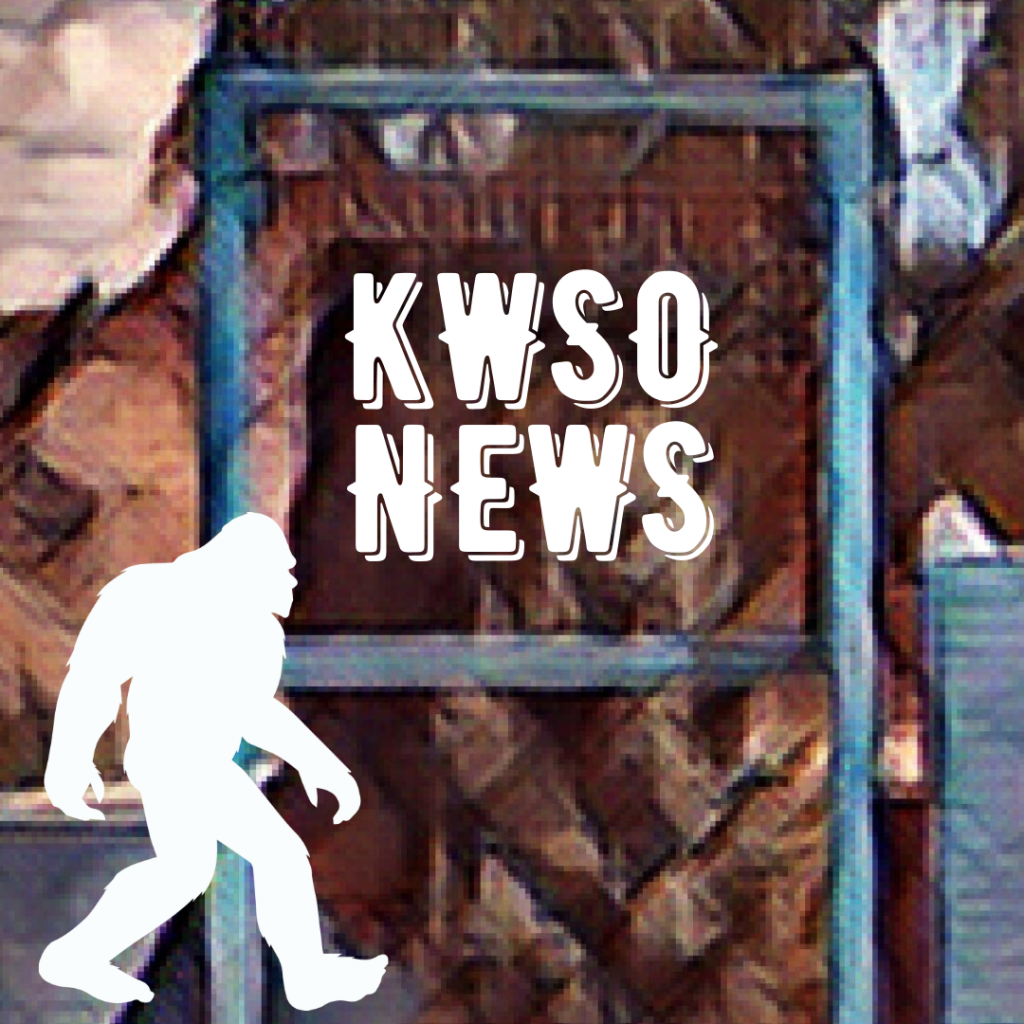Local News
KWSO News for Wed., Jun. 22, 2022
In Warm Springs, Tribal Council is in session today, meeting with Pacificorp, getting an Akana Update, a Bluestone Update and CTWS Broadband Action team & members meeting. Be sure to remember that Warm Springs Construction is working on the Highway 3 pedestrian project this week, give yourself a little extra time as there are delays that have been starting near KWSO Radio station down to Miller Heights. The Pi-Ume-Sha powwow is canceled this year, however the Pi-Ume-Sha Health Fair is happening today at the Community Center beginning at 9am, as well as an Equine Therapy session at Elmer Quinn Park. Be ready to go out and support the Warm Springs Nation Little League as they have 3 teams in the All Star District 5 Tournament starting this weekend. And Don’t forget the Veteran’s Parade this Saturday.
Recent appointments have brought Native American’s their first officials in certain positions in the United States Government as Deb Haaland, of the Laguna Pueblo Tribe, became the First Native American to serve as the Secretary of the Interior on March 15, 2021. Later that Year in November 2021, Chuck Sams III of Cayuse and Walla Walla descent, became the First Native American to be confirmed as the National Park Service Director and was sworn in December 16, 2021. In a recent move, President Joe Biden has announced his intent to appoint Marilynn Malerba, the Chief of Connecticut’s Mohegan Tribe, as the Treasurer of the United States, becoming the First Native American to hold the position. Malerba is a former Nurse and was named the 18th Chief of the Mohegan Tribe on August 15, 2010, the first female Chief in Modern history to hold this position. As reported by the Westchester & Fairfield County Business Journals, Malerba, as the Treasurer of the United States directly oversees the U.S. Mint, the Bureau of Engraving and Printing, Fort Knox and serves as a liaison with the Federal Reserve.
A thousand juvenile Chinook salmon were released last week in a creek near Bandon. As KLCC’s Brian Bull reports, it’s the latest effort by the Coquille [koh-KWEL] Tribe to restore the fish’s numbers. “A tribal member sang a song to bless the salmon, which Coquille officials say are among the first of thousands more expected to be released this year. The 2021 spawning project was done with the Oregon Department of Fish and Wildlife and other partners, after surveys showed Chinook salmon numbers had fallen to near extinction in the area. In a video released by the tribe, Coquille tribal Chair Brenda Meade said she’s proud. Brenda Meade: “Proud of the fact that we are all coming together as a community to make this happen because there’s no way the tribe could have done it by themselves. We gotta keep going though, this is just step one, it feels like baby-steps. But it’s the first thousand that are going out, and it’s something to celebrate.” Invasive bass, climate change, and pollution are seen as factors in the decline of Chinook salmon. I’m Brian Bull reporting in Eugene.”
Child Care reimbursement rates are increasing for providers caring for children of families who receive support with child care expenses through the Oregon Department of Human Services (ODHS). The new child care reimbursement rates are effective June 1st, 2022 and increasing due to the passage of House bill 4005 of the 2022 Legislative Session. Claire Seguin the Deputy Director of the ODHS Self-Sufficiency Programs says “For many families the cost of child care can be a barrier to meeting their goals and entering and staying in the workforce, these reimbursement rate increase will ensure families have equal access to quality child care. Actual Child care reimbursement rates vary depending on provider type, child age and what community the provider is in.
Researchers with Portland State University have launched a yearlong effort to track microplastic pollution in the Columbia River Basin. Cassandra Profita reports: “Studies around the world have found tiny plastic fibers and particles in rivers and lakes, in the ocean’s seafood, floating in the air above remote mountaintops and even inside our bodies. GRANEK: “In order to manage the microplastics we need to understand the most significant sources.” Elise Granek is a professor at Portland State University. She’s already documented microplastics in Oregon’s rivers, oysters and crabs. Now, she wants to know more about how they got there. GRANEK: “So, we do know there are microplastics at least in our waterways.” To track where they’re coming from in the Columbia basin, Granek and other researchers plan to sample the air and water near likely sources of microplastic pollution such as wastewater treatment plants and stormwater pipes. They’ll also talk with industry and government managers about how to control the problem. I’m Cassandra Profita reporting.”

